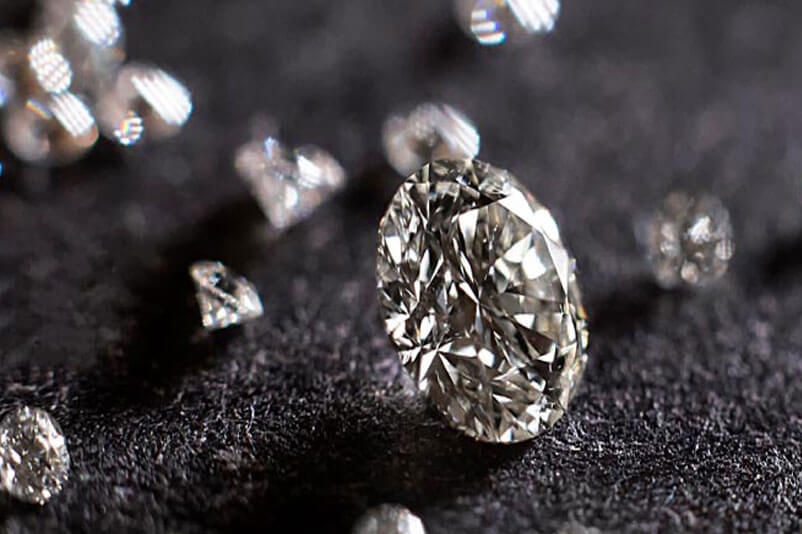Diamonds are not only symbols of luxury and love but increasingly, consumers are seeking diamonds that are ethically sourced. Understanding what makes a diamond ethical, how they differ from traditional diamonds, and their impact on communities and the environment is crucial for conscientious buyers.
Introduction
In recent years, ethical diamonds have gained prominence as consumers become more aware of the ethical implications of their purchases. This guide explores what ethical diamonds are, why they matter, and how consumers can make informed choices.
What Are Ethical Diamonds?
Ethical diamonds refer to diamonds that are mined and processed under stringent ethical standards. These standards encompass fair labor practices, minimal environmental impact, and adherence to conflict-free protocols. Essentially, ethical diamonds are mined and sourced with respect for human rights and environmental sustainability.
Types of Ethical Certifications
Various certifications ensure diamonds meet ethical standards. The Kimberley Process Certification Scheme (KPCS) focuses on preventing conflict diamonds from entering the market, while Fair Trade certification ensures miners receive fair wages and work in safe conditions.
Ethical Mining Practices
Ethical mining involves practices that prioritize worker safety, community development, and environmental stewardship. Techniques such as responsible land use, water management, and reforestation mitigate mining’s ecological footprint.
Conflict-Free Diamonds
Conflict-free diamonds are sourced from regions free of civil conflict and human rights abuses. The Kimberley Process has been instrumental in certifying diamonds as conflict-free since its inception in 2003.
Ethical Labor Practices
Ensuring fair wages, safe working conditions, and respecting workers’ rights are essential components of ethical diamond sourcing. Ethical brands prioritize these factors to improve the livelihoods of mining communities.
Environmental Impact
Diamond mining can have significant environmental consequences, including deforestation and water pollution. Ethical practices aim to minimize these impacts through sustainable mining techniques and land rehabilitation.
Lab-Grown Diamonds vs. Mined Diamonds
Lab-grown diamonds offer a sustainable alternative to mined diamonds, requiring less energy and producing fewer emissions. However, mined diamonds from ethical sources contribute to local economies and communities.
Consumer Awareness and Demand
Increasing consumer awareness and demand for ethical diamonds are driving positive changes in the diamond industry. Buyers are more inclined to support brands that demonstrate transparency and ethical practices.
Challenges in Ethical Sourcing
Despite progress, challenges such as verifying the authenticity of ethical claims and ensuring supply chain transparency persist. Addressing these challenges requires collaboration across the industry and regulatory bodies.
Supporting Ethical Brands
Consumers can support ethical diamond brands by researching certifications, asking questions about sourcing practices, and choosing brands committed to transparency and ethical standards.
Transparency in the Supply Chain
Transparency ensures that diamonds are traced from mine to market, lab created diamonds, guaranteeing ethical standards are upheld throughout the supply chain. Brands that offer full disclosure empower consumers to make informed choices.
Future Trends in Ethical Diamonds
The future of ethical diamonds lies in technological innovations, increased consumer activism, and industry-wide commitments to sustainability. As awareness grows, more brands are likely to adopt ethical practices to meet consumer expectations.
Conclusion
Choosing ethical diamonds supports sustainable practices, protects human rights, and preserves the environment. By understanding the importance of ethical sourcing and supporting responsible brands, consumers can contribute to positive change in the diamond industry.



